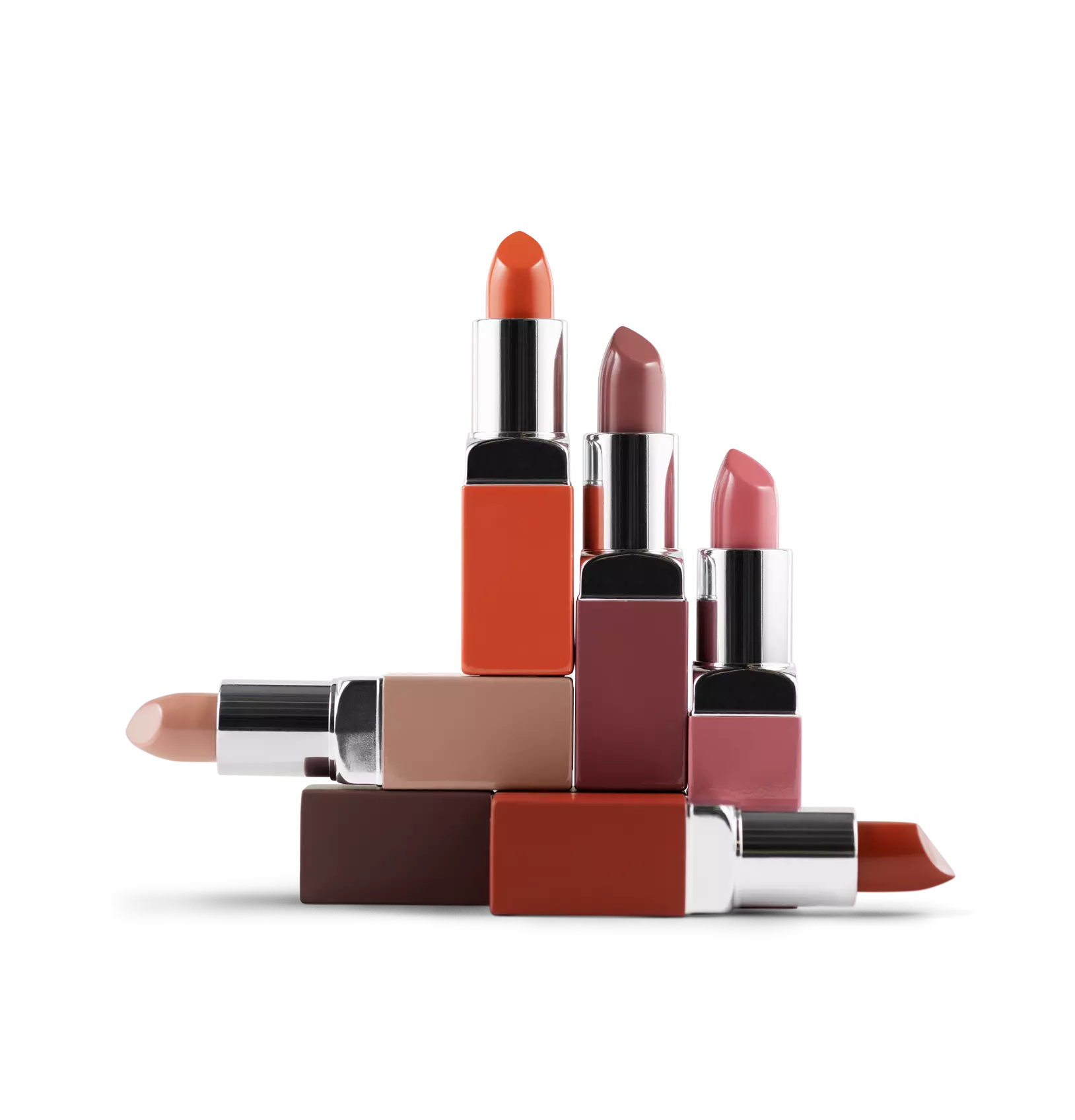Destacado en este post
Responding to Demands for Greater Cosmetic Product Diversity with a Purpose-Built PLM System
Responding to Demands for Greater Cosmetic Product Diversity with a Purpose-Built PLM System
Nov 15, 2022
 John McCurdy | Senior Content Writer, Marketing
John McCurdy | Senior Content Writer, Marketing
Shoppers’ demands for cosmetic and personal care goods that are tailored to them and their identities are increasing. A Mintel study found that nearly half of all respondents had actively looked for or bought from more inclusive brands in the past year.
That’s due at least in part to the very personal nature of the items in question—these are goods that we use on our skin, hair and bodies that can have a strong tie to how we feel and think about ourselves. Each of us is unique, with our own ways by which we identify ourselves and distinct preferences based on our personality and traits.
At first blush, it might seem like the best way to maximize profitability is to appeal to as broad of an audience as possible, but as indicated by the above statistic, that isn't necessarily the case. Thus, product innovation and creating new varieties of your offerings for specific demographics should be a priority.
That means you need to know how to most effectively engage in new product development (NPD). We’re here to give you a rundown of the current trends, as well as to explain how product lifecycle management (PLM) cosmetics software is the solution you need to bring new, more inclusive offerings to market successfully.
Areas of Growth in Cosmetic and Personal Care Product Diversity
One of the most obvious ways in which brands can fulfill these desires and thereby extend their reach is by offering colors for a greater variety of skin tones—70% of Asian and Black women felt that their beauty needs weren’t met in this regard, which shows substantial room for improvement. Fenty Beauty, a relative newcomer founded by recording artist Rihanna, has made waves in this space with a range of more than 40 colors in its portfolio.
Another category ripe for growth is cosmetics for men, as male grooming routines have expanded beyond the traditional face washes and moisturizers to include eye creams, face masks and makeup in recent years. Development in this area must take into account men’s typically tougher and thicker facial skin, as well as facial hair, but nonetheless represents a tremendous opportunity with the global market valued at $30.8 billion by the end of 2021.
Likewise, gender-neutral offerings are on the rise, especially among Generation Z shoppers—more than half of consumers in this age group shop “beyond their gender” in beauty categories. Relative newcomers like Aesop and We Are Fluide are among the newer brands that have embraced this market, but established manufacturers like MAC are also getting in on the game.
Finally, there is a push to make cosmetics and personal care packaging more inclusive as well. VictoriaLand Beauty has developed a new universal symbol system for blind and partially-sighted consumers, and Procter and Gamble recently debuted easy-open caps, extra-grip container textures and high-contrast labels for to make items more accessible for shoppers with disabilities.
Nearly half of all cosmetics consumers have actively looked for or bought from more inclusive brands in the past year.
How PLM Software Fuels Innovation and Streamlines Development
There’s no doubt that the NPD process for cosmetics is complex, and when you’re looking to add new tones, varieties and tailored offerings to your lineup, managing your company’s full portfolio can be a challenge. PLM systems help keep you organized, acting as a “single source of truth” to facilitate better decision-making and keep all of your team members on the same page.
Advanced PLM solutions like our own Aptean PLM Lascom Edition take this a step further by facilitating collaboration with external stakeholders via a supplier portal. That same feature can also help accelerate your time to market, as you can iterate on product elements together and track key performance indicators (KPIs) to help ensure that timelines are met.
PLM platforms tailored to the cosmetics and personal care industry can also boost efficiency by automatically generating material and allergen lists—and our own offering has a built-in INCI database to quickly pull this information in a standardized format. Aptean PLM also has an integrated international labeling tool that’s versatile enough to suit regional formats and multiple languages.
Knowing that it’s important to stay true to the original product brief when you’re targeting a certain demographic, good PLM software will allow you to compare prototypes with pre-set requirements. That also helps to maintain compliance, and Aptean PLM shines in this regard by deploying alerts for discrepancies, auto-generating the product information file (PIF) and offering integrated electronic document management (EDM) for greater accessibility of vital information.
Lastly, PLM systems can aid in overall project management by providing visibility for key milestones and keeping all involved departments in-the-know with the latest progress and action items. Aptean PLM uses easy-to-read Gantt charts to combine all of your teams’ workflows, making delays and bottlenecks easier to identify and overcome.
More Reasons to Choose Aptean for Your PLM Needs
Hopefully you’ve reached this point energized and inspired to innovate and diversify your cosmetics and personal care business’s product suite to cater to today’s emergent beauty trends. Before you go off to experiment and find new ways to appeal to the full array of audiences for these goods, there are a few more advantages of Aptean’s PLM for cosmetics to note.
First, there’s the intuitive and user-friendly interface of our system, which limits the need for additional training and helps your staff quickly find the exact information they need by indexing and filtering component data just like a search engine. You can also use existing products’ data and specifications as the basis for new items, reducing the time it takes to get a hot new offering on store shelves.
Also, consider our dedicated professionals’ collective decades of experience in the cosmetic and personal care industry, which serves to help us understand the unique challenges you face in the NPD process as well as the best practices required for optimized operations. The tools that Aptean PLM offers that we covered above—including the labeling, compliance and supplier portal features—were built knowing how important these areas are for organizations like yours.
Finally, there’s our additional software solutions designed to help companies like yours thrive and successfully complete their digital transformation journey. We offer a robust overall equipment effectiveness (OEE) platform to give you more insight into the performance of your processes, hardware and workforce.
Now, if you’re ready to learn more about Aptean PLM Lascom Edition and how it can help you effectively respond to consumer demands for greater cosmetic product diversity, reach out to us today. You can also request a personalized demo to see the solution in action for yourself.
Ensuring Product Compliance in a Global Environment
Follow best practices from experts on how to ensure product compliance through its entire lifecycle when commercializing cosmetic products to North America and in the EU.



